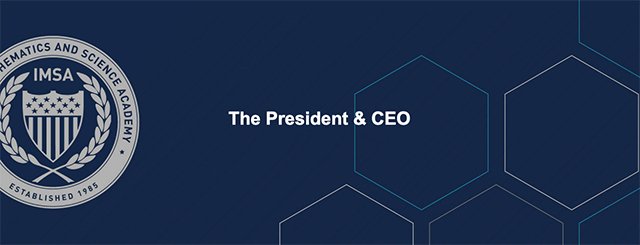
Publications & Research
Title
The Extent of Implicit Bias in Gifted Students: Utilization of the IAT to Inform Diversity Education
Document Type
Article
Publication Date
Fall 2016
Keywords
Diversity, Implicit Bias, Gifted and Talented Students
Abstract
The National Association for Gifted Children position statement on “Identifying and Serving Culturally and Linguistically Diverse (CLD) Gifted Students” suggests that educators need to change their view of CLD students from a “deficit to a strength perspective”. In addition, it states that “schools should create support programs to help gifted students from diverse backgrounds develop strong academic identities, learn coping strategies for dealing with negative peer pressure and discriminatory practices, and gain resiliency for responding to challenging life circumstances”. One approach to support and retain CLD students that can be utilized by both educators and gifted students is understanding one’s own implicit bias. “Implicit bias refers to the attitudes or stereotypes that affect our understanding, actions, and decisions in an unconscious manner…it is the mental process that causes us to have negative feelings and attitudes about people based on characteristics like race, ethnicity, age and appearance” (Rudd, 2014). These biases are typically involuntary and unconscious; most individuals are unaware that they even exist (Blair, 2002; Rudman, 2004; Rudd, 2014; Pearson, Dovidio & Gaertner, 2009). Research suggests that these thoughts and attitudes are formed early in life based on experiences with parents, teachers, peers, school, and church, and then reinforced with messages from the media (Adams, Bell, & Griffin, 1997).
Recommended Citation
Coleman, Adrienne and Thomas, Kyle '15, "The Extent of Implicit Bias in Gifted Students: Utilization of the IAT to Inform Diversity Education" (2016). Publications & Research. 31.
https://digitalcommons.imsa.edu/pres_pr/31
Included in
Bilingual, Multilingual, and Multicultural Education Commons, Critical and Cultural Studies Commons, Gender, Race, Sexuality, and Ethnicity in Communication Commons, Multicultural Psychology Commons


Comments
IAGC Courier